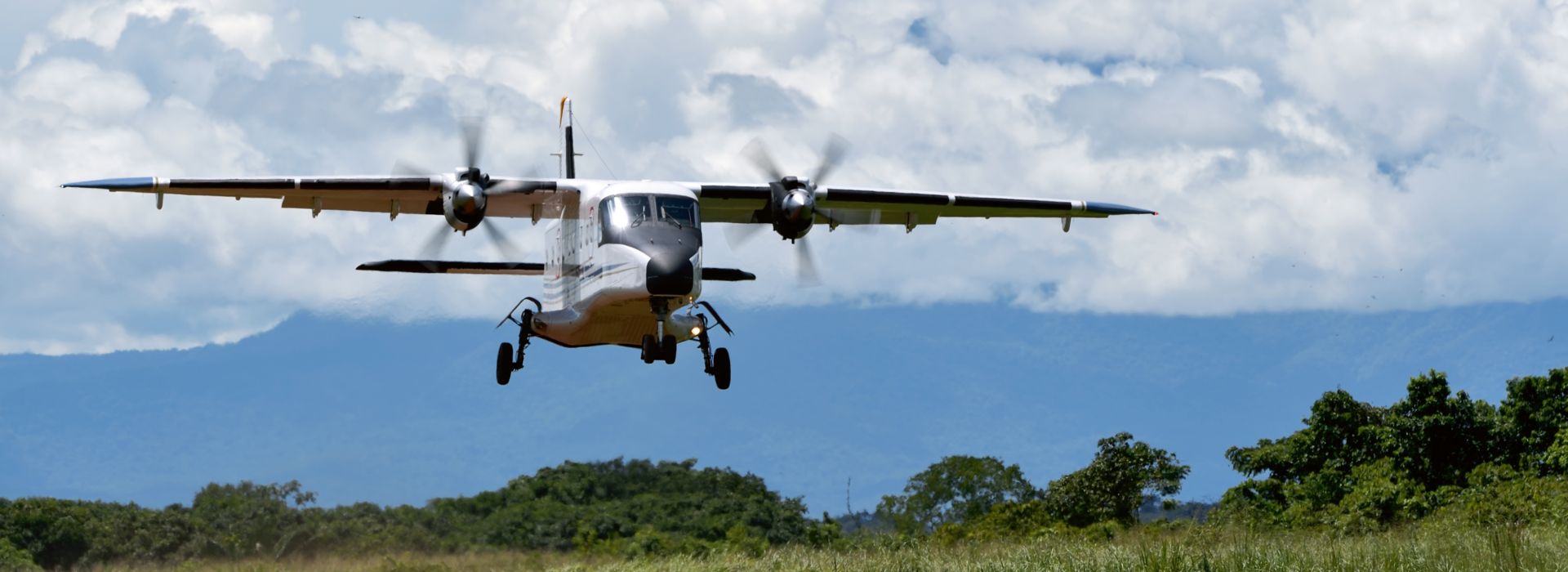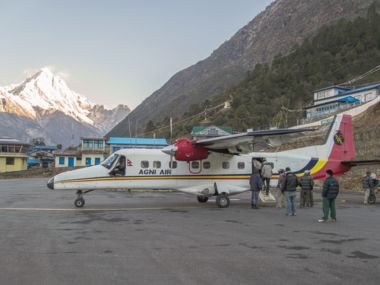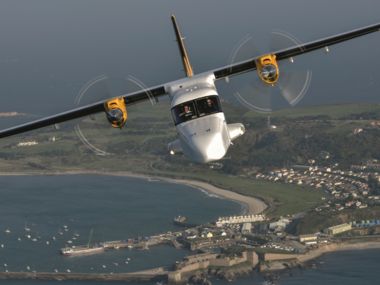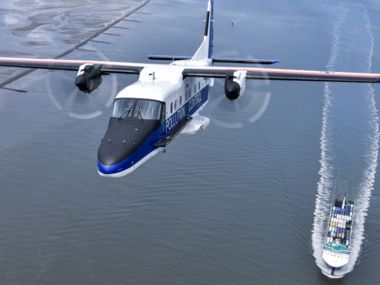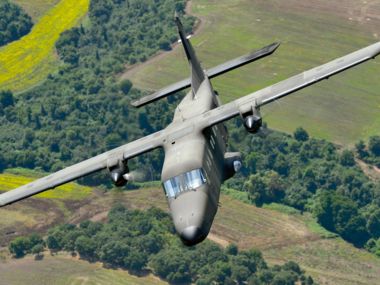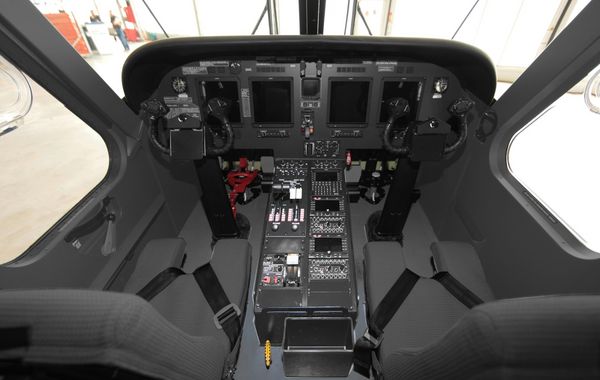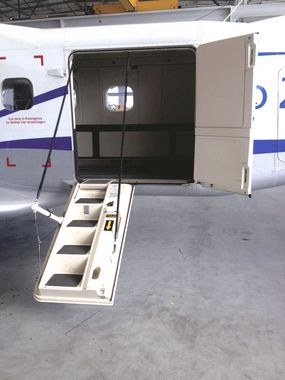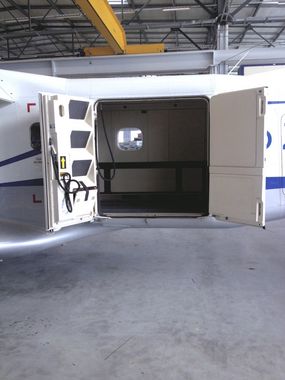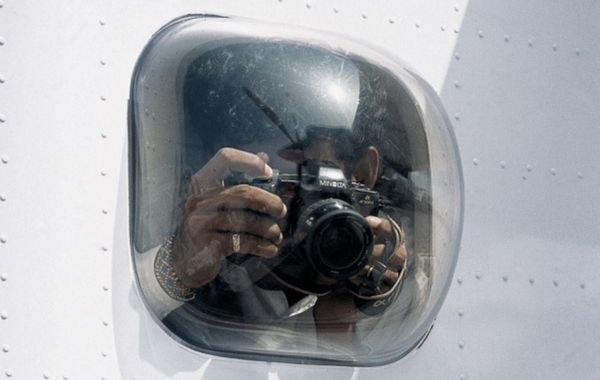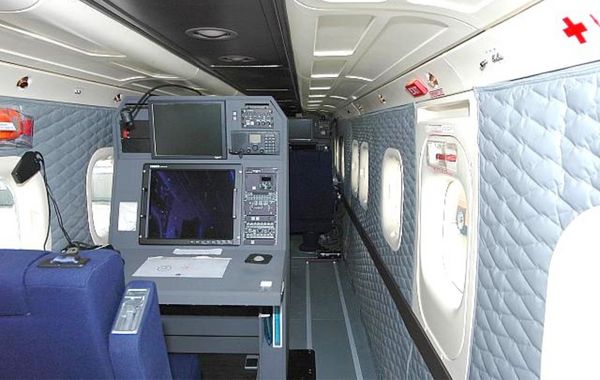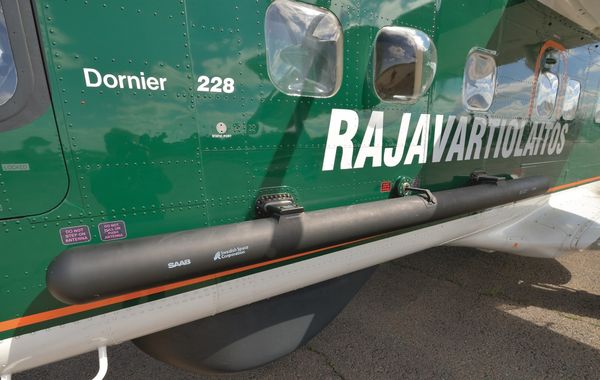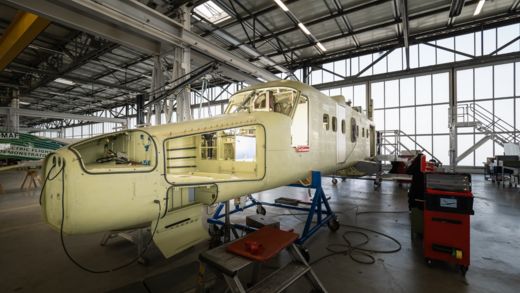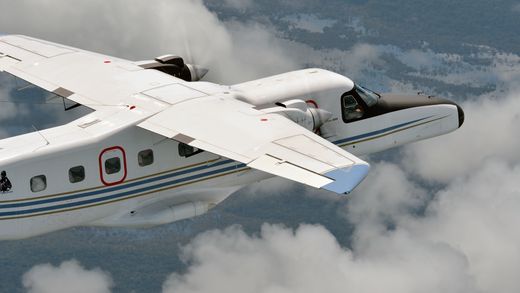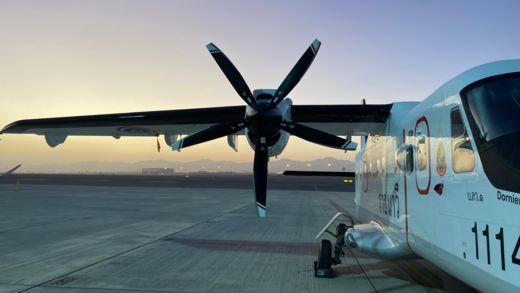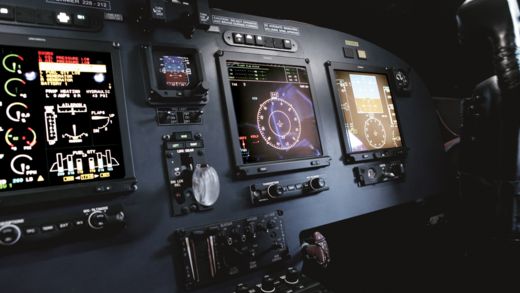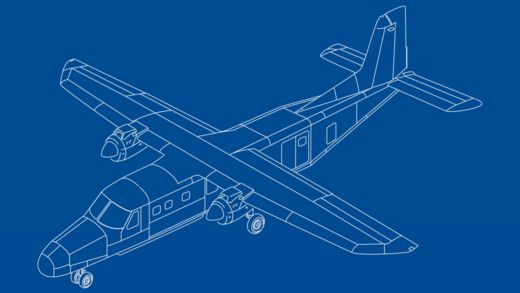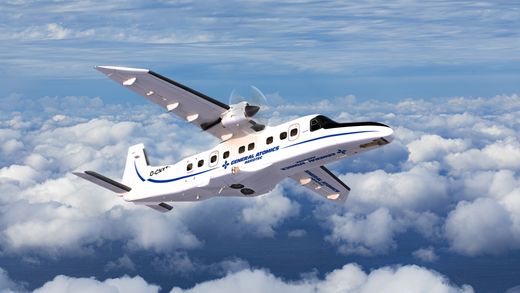Best platform in its class - advantages of the Do228 at a glance
Flight operations
Economics
Missions
Payload
Certification basis
- The Do228 has been natively designed to the FAR23/CS23 commuter category airworthiness standard, which provides a safety margin equivalent to transport category aircraft.
- Its advanced design provides the Do228 with unmatched performance, payload capacity, operational flexibility and efficiency.
- The several million flight hours already completed by the Do228 speak for the success of the aircraft. This is also based on the continuous improvements and innovative technologies which, together with the sophisticated design, create the perfect mix for one of the most reliable aircraft in the world.
- Due to its advanced aerodynamics, the Do228 is able to match or exceed the STOL performance of competitors on the same payload, while cruising up to 50 kts faster.
The combination of a robust aircraft, Bavarian precision workmanship and exceptional versatility makes the Do228 a popular aircraft in its class.

